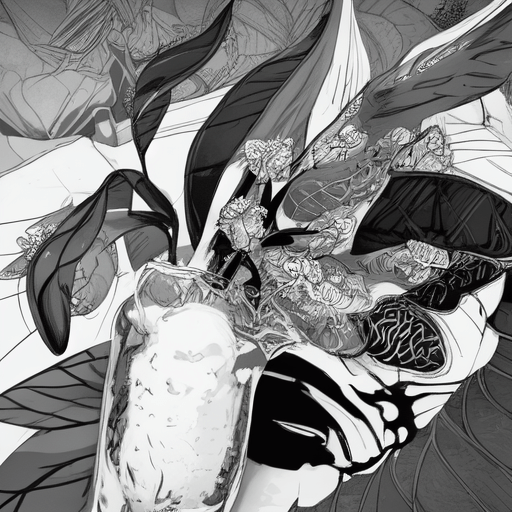A Descriptive Guide to Milkweed (Asclepias): A Visual Exploration for Web Readers
Milkweed, belonging to the genus Asclepias, is a family of plants renowned for their importance to butterflies, particularly the Monarch butterfly. This article aims to describe the visual appearance of milkweed in detail, catering to those using web readers. By painting a vivid picture with words, we’ll explore the various features that make milkweed unique and recognizable.
General Overview
Leaves
Milkweed plants exhibit a distinctive appearance, with features that include broad leaves, complex flowers, and conspicuous seed pods. They can be found in various habitats, from meadows and fields to roadsides and gardens.
Milkweed leaves are typically broad and oval-shaped, with a pointed tip. They are arranged oppositely or sometimes in a whorled pattern along the stem. The leaves are often a rich green color, with a smooth or slightly fuzzy texture.
Check out Johnny Butterflyseed’s Florida Native Swamp Milkweed Seeds for all of North America.
Touch and Feel
- Surface: The leaves may feel slightly leathery or rubbery to the touch.
- Edges: Often smooth, but can vary depending on the species.
Flowers
Milkweed flowers are one of the plant’s most remarkable features. They are made up of multiple small blossoms clustered together into a unique structure called an umbel.
Shape and Arrangement
- Individual Blossoms: Each tiny blossom within the cluster has five petals that curve backward, revealing a crown-like structure known as the corona.
- Color: The flowers may be pink, white, orange, or other shades, depending on the species.
Fragrance
Many milkweed species emit a pleasant, sweet fragrance that can attract butterflies and other pollinators.
Seed Pods
The seed pods of milkweed are another defining characteristic.
Shape and Size
Shape: The pods are elongated and often resemble a teardrop or spindle shape.
Surface: The outer surface of the pods may be smooth or covered with soft spikes.
Contents
- Inside the pod, numerous flat seeds are attached to silky, white fibers called “floss.”
- The floss allows the seeds to be carried by the wind when the pod splits open.
What is it Called When a Plant Spreads its Seeds Using the Wind?
Stems
- Appearance: The stems are usually upright and sturdy, often with a green or reddish hue.
- Texture: They may feel slightly hairy or smooth to the touch.
Conclusion: A Sensory Journey Through Milkweed
Milkweed (Asclepias) is a fascinating plant with a visual appearance that can be translated into a sensory experience. From the broad, tactile leaves to the complex, fragrant flowers and unique seed pods, milkweed offers a rich tapestry of features to explore.
Whether you’re a gardener looking to attract butterflies, a naturalist interested in native plants, or someone simply curious about the natural world, understanding the look and feel of milkweed adds depth to your connection with nature.
When we Plant More Milkweed and recognizing its importance in the ecosystem, we can support the conservation of beautiful creatures like the Monarch butterfly and contribute to the vibrancy of our landscapes. 🌿🦋
